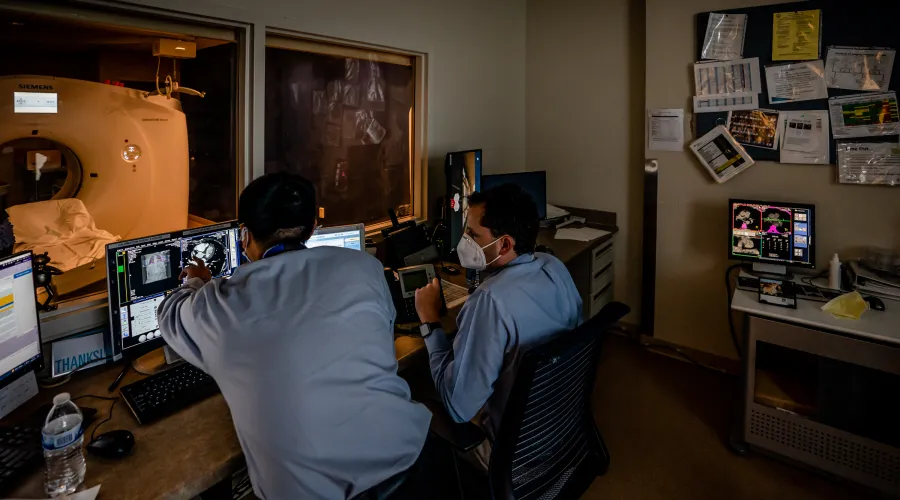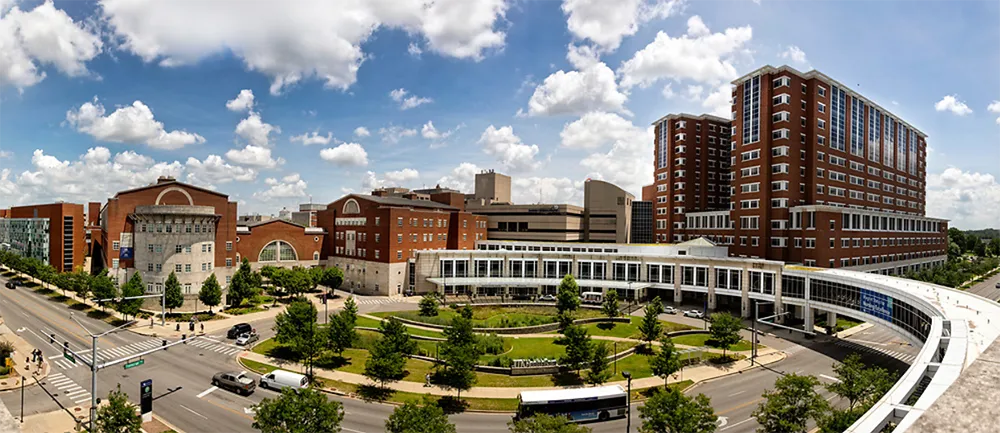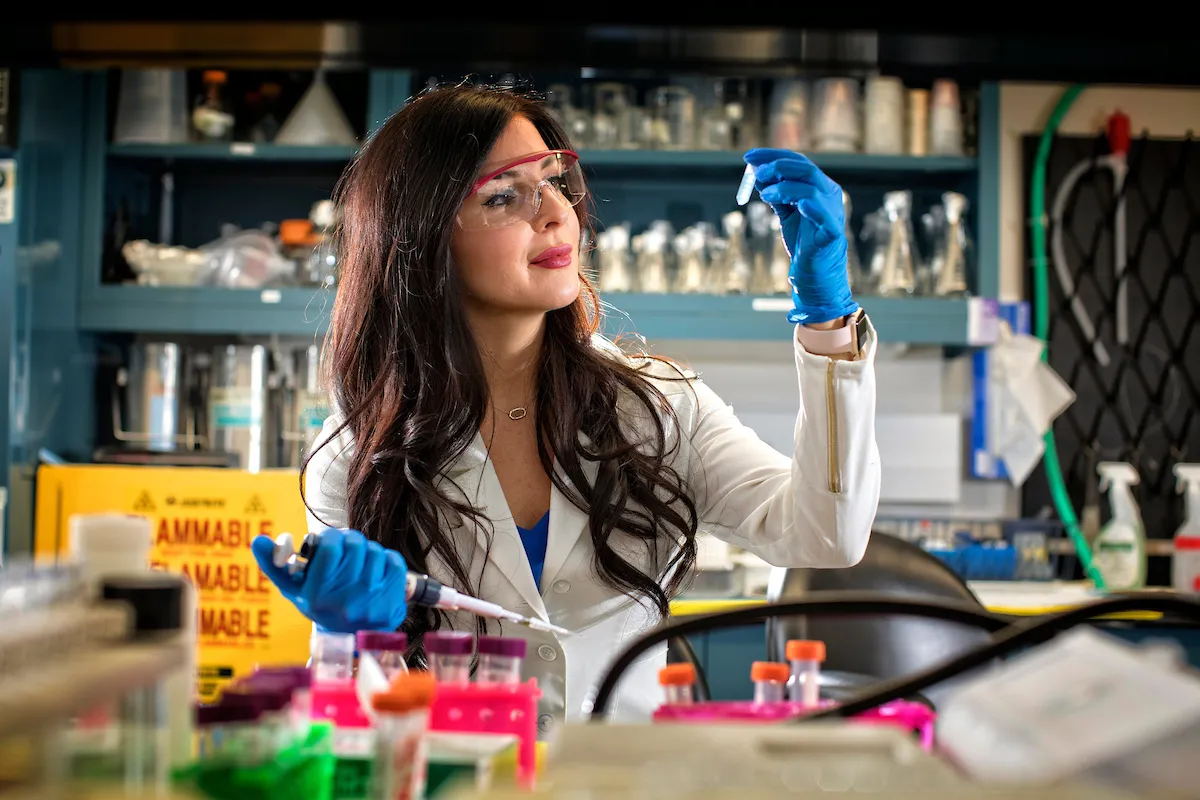
Diagnostic Radiology Residency Overview
The University of Kentucky Hospital operates as two campuses, UK Chandler Hospital and UK Good Samaritan Hospital, and is under one governance. Residency training occurs at both. The Chandler Hospital is a quaternary referral center inclusive of all clinical services and one of Kentucky’s only Level 1 adult trauma centerc. UK Good Samaritan Hospital is slightly more community-based, though it now includes many of our clinical services. These two hospitals are within walking distance of one another, and are located at opposite ends of the University's main campus.

Monthly Rotations
Residents are assigned to monthly rotations in various subspecialty sections supervised by faculty members. Each rotation follows clearly stated goals and objectives for each level of training and are reviewed with the resident at the start of each rotation. Core rotations include: abdominal radiology, cardiothoracic radiology, emergency radiology, musculoskeletal radiology, neuroradiology, nuclear medicine, pediatric radiology, vascular/interventional radiology, and women’s radiology. Additional elective rotations in areas of interest are encouraged throughout the entire four year training program.
During the residency, each individual resident is given increasing responsibility for performance of procedures and interpretation of images with the supervision of the attending physicians.
Residency Training
Year 1
Year one of training is focused upon exposure to all imaging subspecialties and modalities. Specifically, residents will rotate through abdominal radiology (body CT, ultrasound, fluoroscopy), cardiovascular thoracic radiology (chest X-ray, chest CT), emergency radiology, musculoskeletal radiology, neuroradiology (CT and MRI), pediatric radiology, vascular/interventional radiology, mammography, and nuclear medicine and molecular imaging
Years 2, 3, and 4
Year two and three of training continue to build upon the knowledge gained in year one. New rotations are abdominal MRI, musculoskeletal US/CT/MRI and interventions, cardiovascular CT/MRI/NM and MI, and neurointerventional radiology. Third-year residents attend the American Institute for Radiologic Pathology (AIRP) in Silver Spring, Md., for a four-week course in radiologic-pathologic correlation (virtual or in-person).
Year 4
During the fourth year of residency training, focus is directed toward preparation for fellowship and/or independent practice. Senior residents have the opportunity to design their own curriculum within the constraints of ACGME and ABR requirements. We offer numerous mini fellowships, Early Specialization in Interventional Radiology (ESIR), and the opportunity to complete the 16-Month Pathway to Dual Certification in Diagnostic Radiology and Nuclear Radiology. This allows residents to tailor their education to meet the needs of their planned career path. Additional research time is also available during the fourth year for residents with a defined project and academic career plans. At the conclusion of the fourth year, residents will have met all of the requirements necessary to become board-certified and practice independently in the specialty of radiology.
Research
Residents are encouraged to participate in scholarly activities throughout the four years of training. Additionally, residents are allotted 8 weeks of dedicated research time in the third year to pursue an approved project of their choice.
